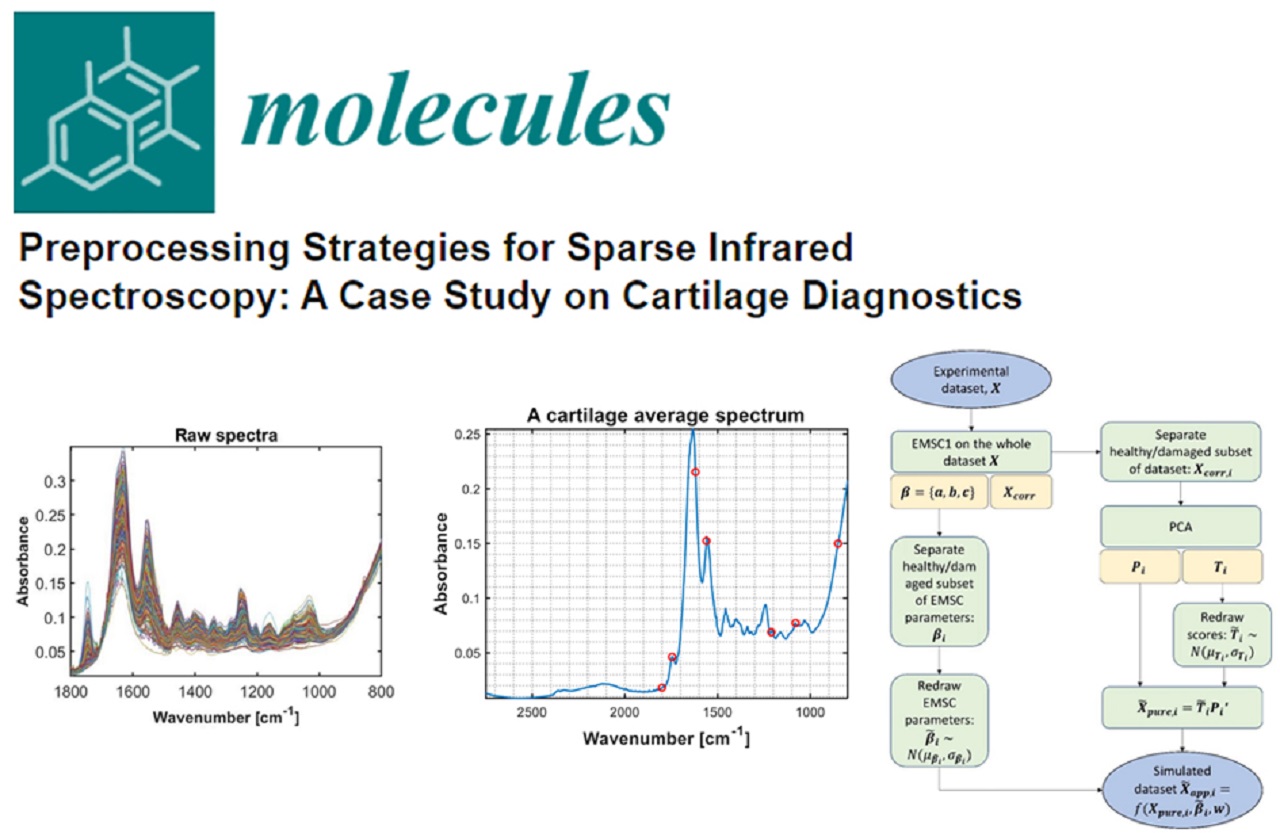During the latest years we could assist to a progressive growth of the so called connected medical devices.
It started from outside the surgery theatre with wearables, monitoring and therapy devices, and gradually moving inside the operation theatre with the first clinical systems and remote-controlled devices.
The main aim of these devices is, on one side to help the surgeon taking better decision or acting with nanometric precision during the surgery, and on the other side to provide the medical team with greater insights for more informed decision-making.
For these purposes, the surgeons and the medical team interact with the device through a graphical user interface, and this interaction has to result simple and seamless as possible. Nowadays we use graphical user interface in many of our devices: the computer and the smartphone in primis, but several other daily use devices are equipped with graphical user interfaces. Examples of these are some vending machines (often the ticket machines at the train, metro or bus stations implement a simple system to chose your destination and buy the ticket), the automatic cash in supermarkets and gas stations, the ATMs, and so on. In general, whatever has a touchscreen or a keyboard and mouse, is equipped with a graphical user interface.
Despite the became widely used and implemented in several devices, the graphical user interface is a modern concept, invented in the late ‘80s and became largely available in the ‘90s to relieve the user from typing on unfriendly text based command line interfaces.
Especially for medical devices, that normally works in hospitals and surgery theatre, a easy to learn and intuitive user interface is a mandatory feature. In this context, it is fundamental to address the two principal aspects of the graphical user interface design: the user experience (UX) and the user interface (UI).
The user experience is about creating an enjoyable experience for the users while they navigate and interact through a product or service. In parallel the user interface is how the device’s interface looks like, its looks and feel in terms of buttons, colors, images, labels, typographies, etc, in order to create an engaging interface that fits the purpose in the best way possible.
Working with medical software, the graphical user interface designer normally faces some requirements that can be different than any other product. It is important to always consider the context of use: especially the surgery theater can bring criticalities and the graphical user interface must never obstruct the surgeon or prevent an action to be performed by a member of the medical team. Moreover, the graphical appearance should result as clear and intuitive as possible, with all the necessary information displayed consistently and with high-contrast color to guarantee an immediate reading.
Designing the MIRACLE graphical user interface, the direct feedback of medical doctors, surgeons, and veterinaries has been extremely valuable to customize the user interface addressing the specific needs.


